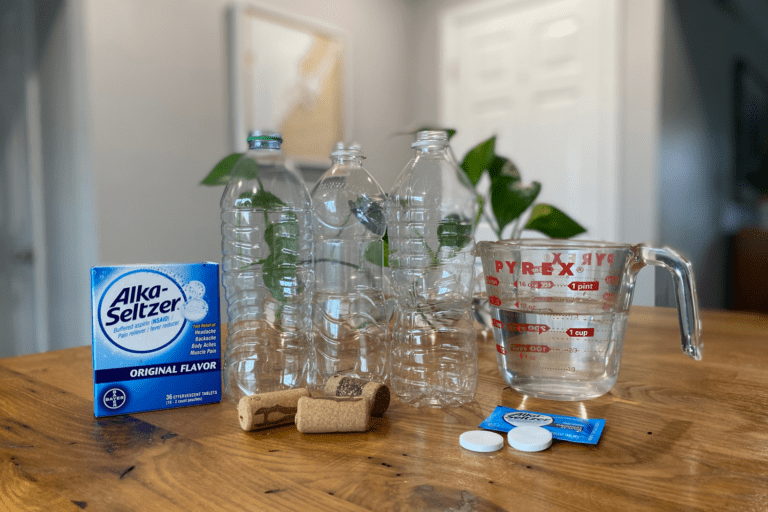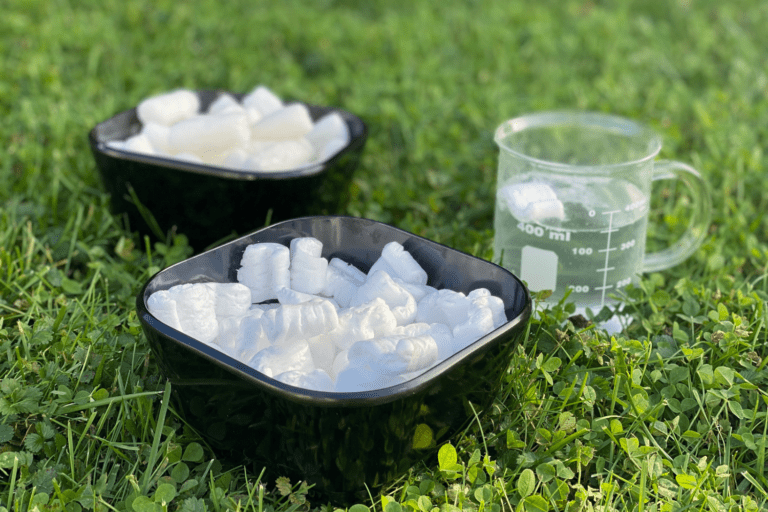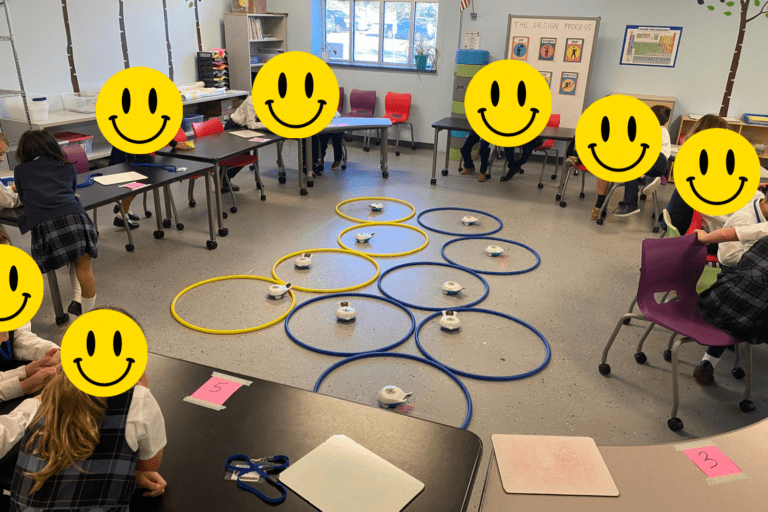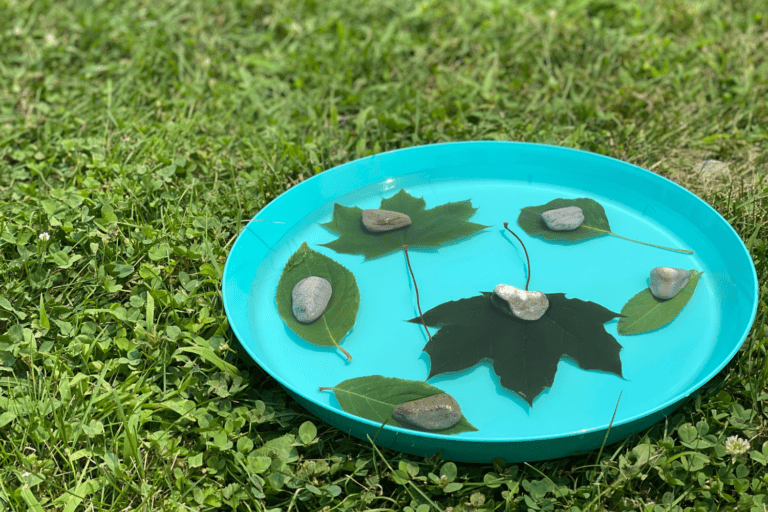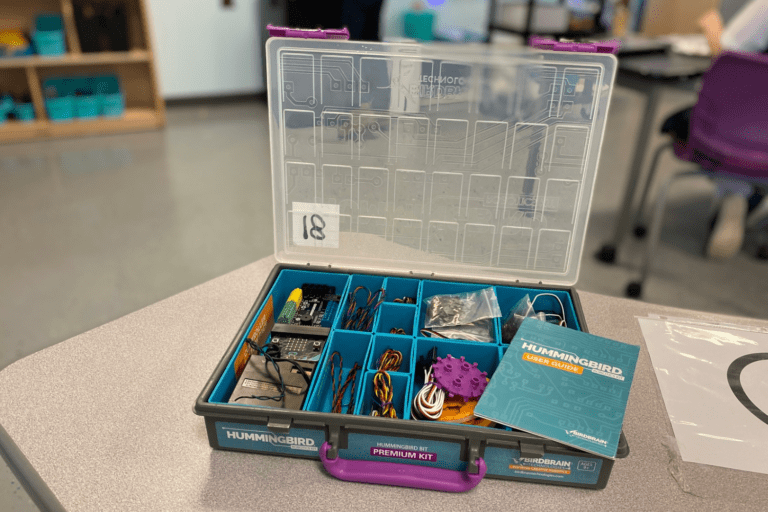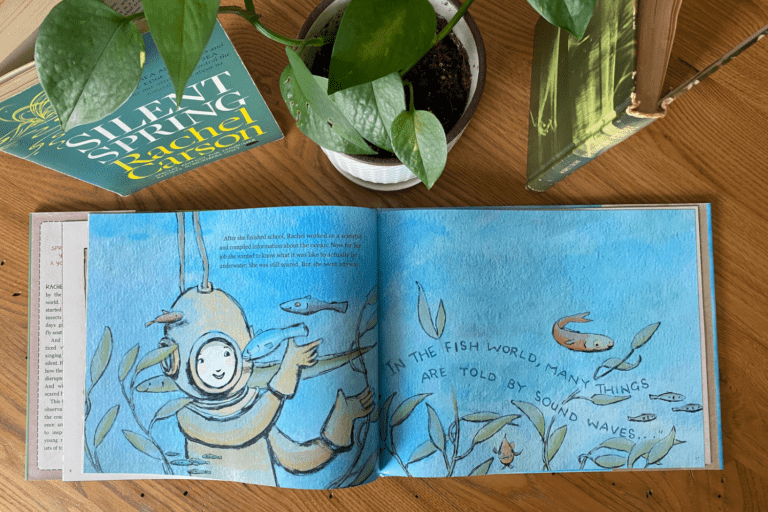Top 5 STEM Tools of 2024 Every Teacher and Parent Should Know About
When it comes to inspiring curiosity and creativity in kids, having the right tools can make all the difference. As a STEM teacher, I’ve spent plenty of time experimenting with gadgets, kits, and activities to find the ones that truly resonate with students and spark their imaginations. Today, I’m excited to share my top five STEM tools of 2024. These tools are fun, educational, and versatile, making them perfect for the classroom or at home.
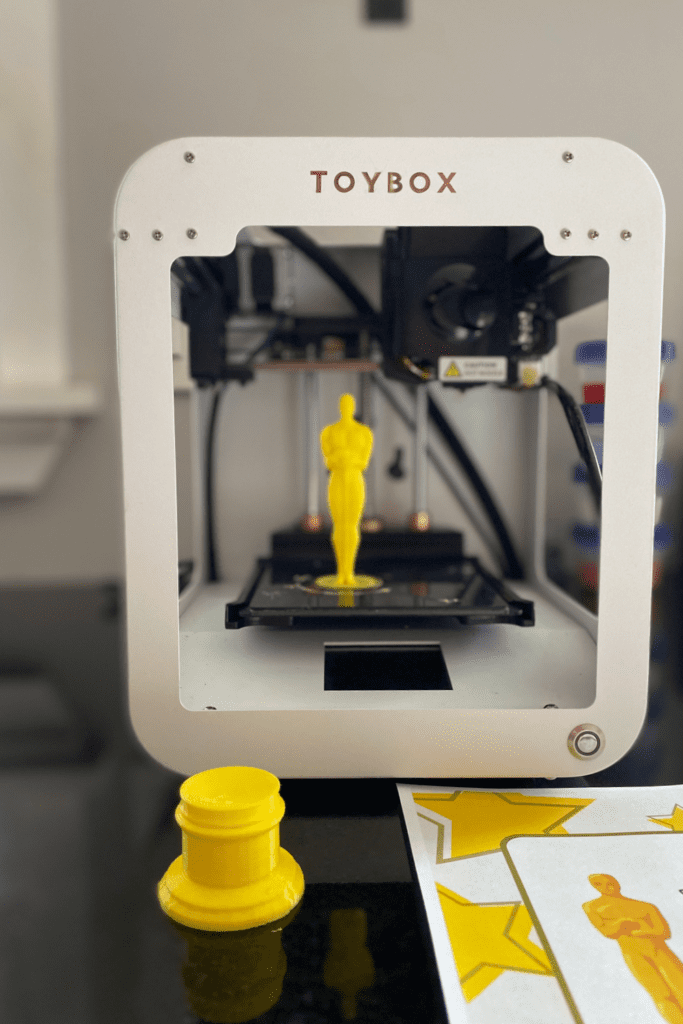
1. Toybox 3D Printer
If you think 3D printing sounds like something from the future, think again! The Toybox 3D Printer brings this incredible technology to your classroom or living room. Designed with kids in mind, it’s easy to use, safe, and packed with creative potential. Students can design and print everything from figurines to functional tools. It’s a fantastic way to introduce design thinking and engineering principles.
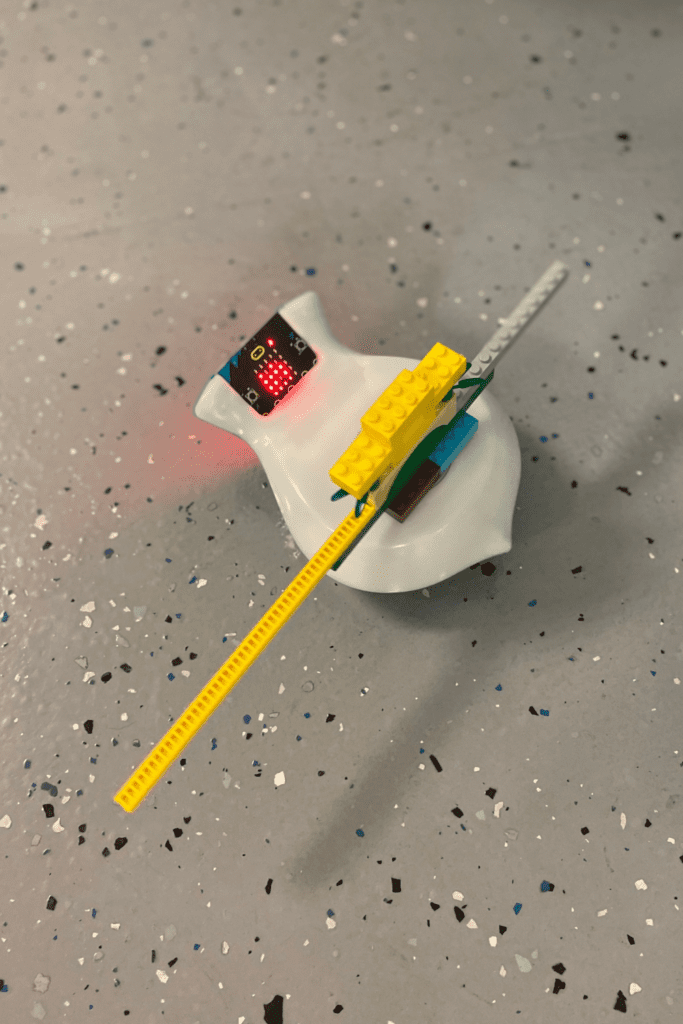
2. Finch Robot
Explore more about the Finch Robot
This little guy is a powerhouse when it comes to teaching coding. The Finch Robot is adaptable for all age levels, offering simple drag-and-drop programming for beginners and advanced coding options for older students. Its interactive features, like movement and sensors, keep kids engaged while they learn computational thinking and problem-solving skills.
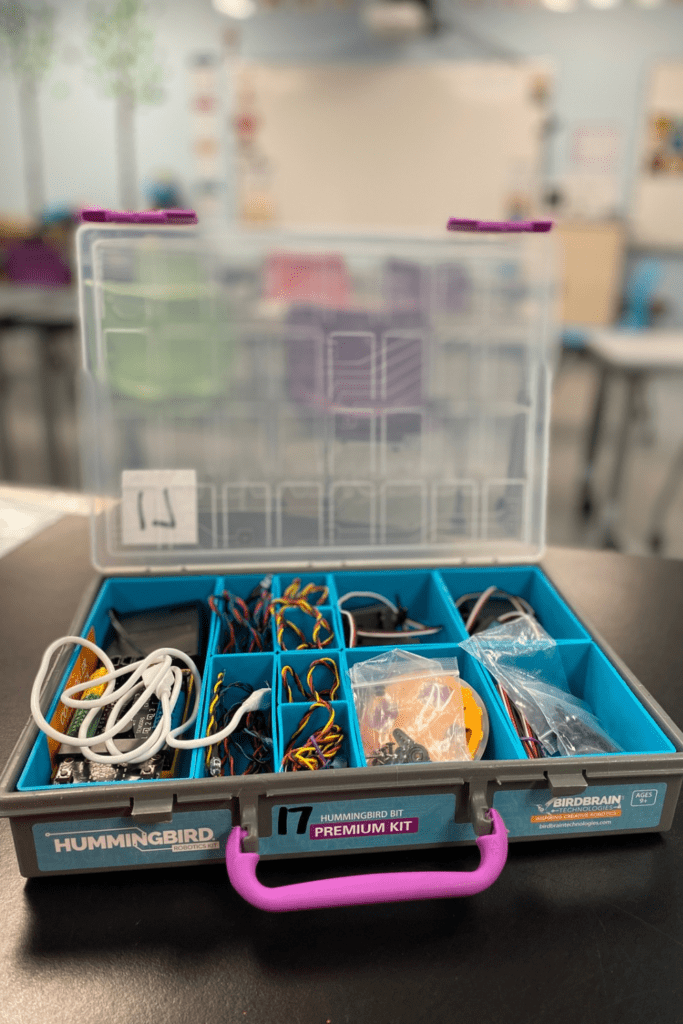
3. Hummingbird Robotics Kit
For students ready to take their robotics skills to the next level, the Hummingbird Robotics Kit is a dream come true. This kit lets kids design and build their own robots using everyday materials, combined with motors, sensors, and lights. It’s perfect for collaborative projects and helps students see the connections between coding, engineering, and creativity.
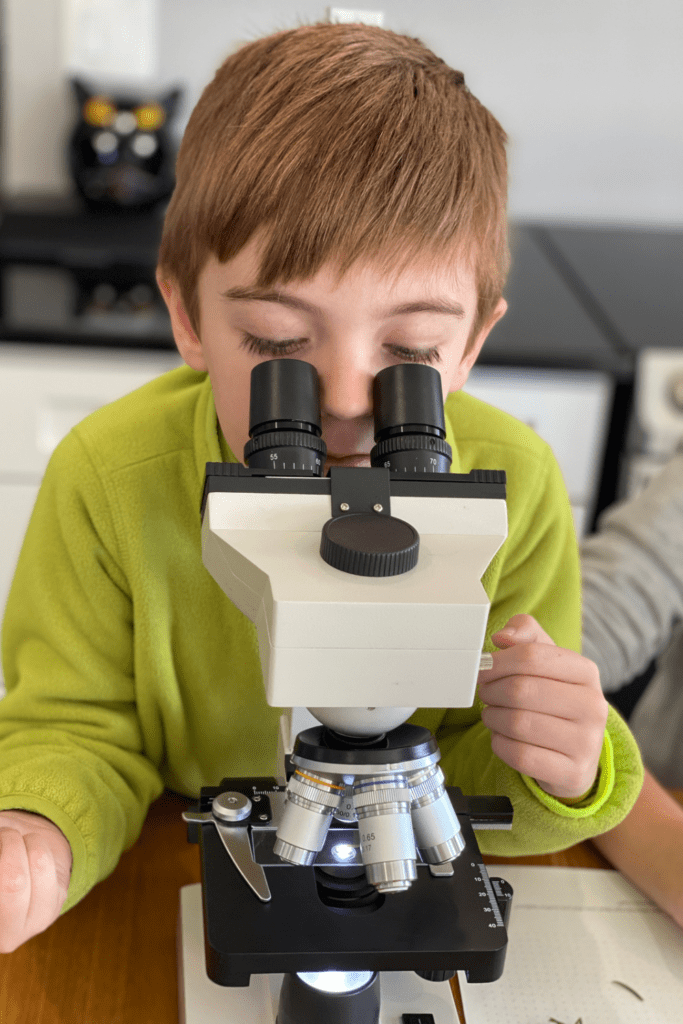
4. Trinocular Compound Microscope
Want to unlock the hidden world around you? This microscope is a must-have. It offers clear, high-quality views of cells, crystals, and microorganisms, making science lessons come alive. Whether you’re studying biology, chemistry, or environmental science, the Trinocular Compound Microscope is an incredible tool for exploration and discovery.
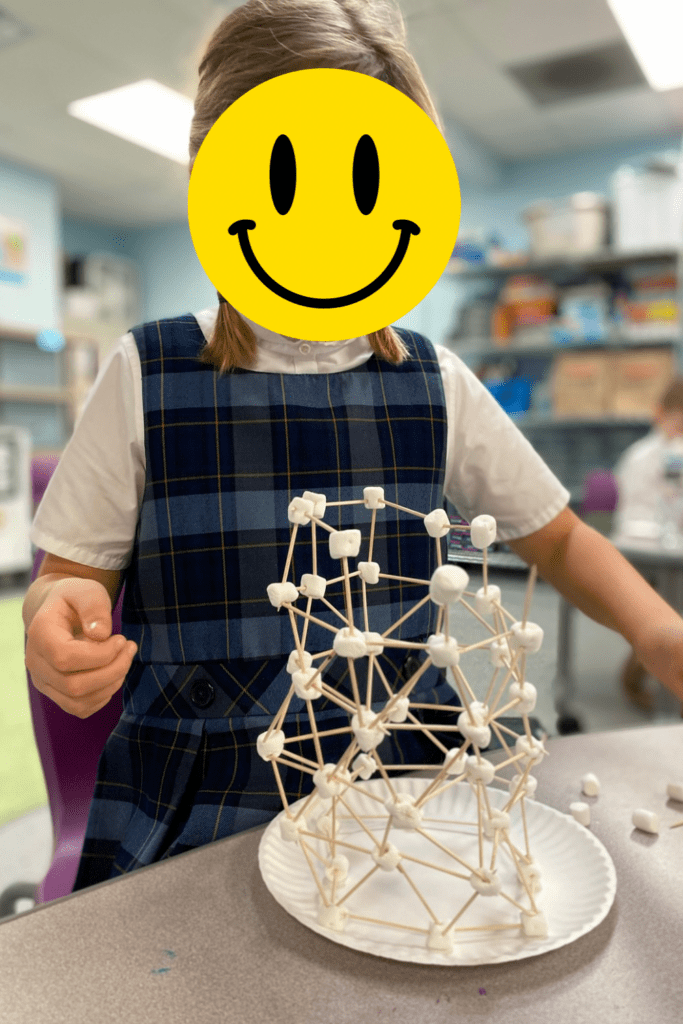
5. Mini Marshmallows and Toothpicks
Download my free design challenge rubric here.
Sometimes, the simplest tools are the most effective. Mini marshmallows and toothpicks are perfect for teaching structural engineering principles. Kids can experiment with building towers, bridges, and other structures, exploring concepts like stability, load distribution, and design efficiency. Plus, they’re affordable and a whole lot of fun (just remind kids not to eat their experiments until the end of the lesson!).
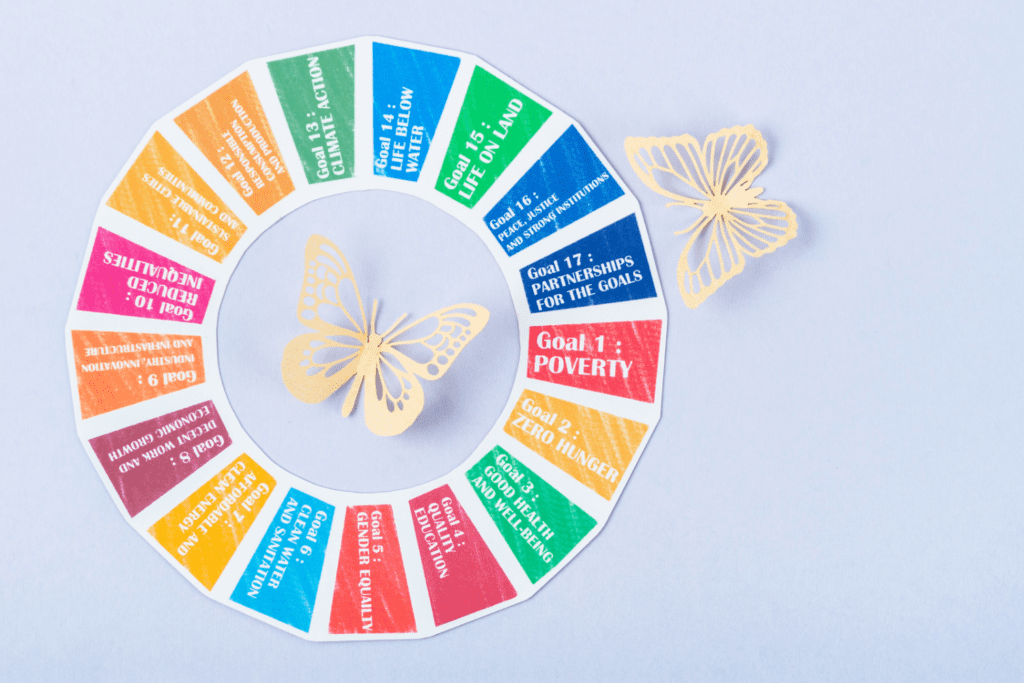
Connecting STEM Tools to the Sustainable Development Goals (SDGs)
STEM education isn’t just about technology; it’s also about solving real-world problems. Here’s how these tools align with the SDGs:
- Toybox 3D Printer: Use it to design and print prototypes of solutions to environmental challenges, like water filters or biodegradable products, supporting SDG 6 (Clean Water) and SDG 12 (Responsible Consumption).
- Finch Robot: Teach coding while simulating real-world applications like sustainable farming systems (SDG 2: Zero Hunger) or renewable energy monitoring (SDG 7: Affordable and Clean Energy).
- Hummingbird Robotics Kit: Build projects that raise awareness about clean energy (SDG 13: Climate Action) or create assistive devices to promote inclusivity (SDG 10: Reduced Inequalities).
- Trinocular Compound Microscope: Investigate water quality (SDG 6) or study the effects of pollution on microorganisms to promote SDG 14 (Life Below Water).
- Mini Marshmallows and Toothpicks: Teach structural integrity for earthquake-resistant buildings, tying into SDG 11 (Sustainable Cities and Communities).
These tools are more than just educational; they’re a gateway to fostering a sense of curiosity, creativity, and global responsibility in the next generation. Whether you’re a teacher or a parent, I hope this list inspires you to explore the world of STEM with your kids!

